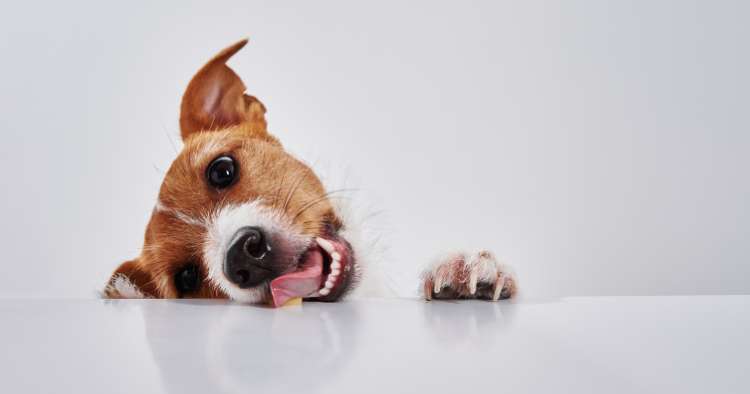
Don’t ignore your pet’s bad breath! Dental hygiene is often the cause of stinky breath, but it may indicate other important problems with your pet’s health. We understand how easy it is to miss – many of the problems that stem from poor hygiene occur where you can’t see them, below your pet’s gum line.
The first line of defense is always home care. But while some animals (especially dogs) tolerate their owners handling their mouths and brushing their teeth, most (especially cats) will struggle or act out. That can always make oral care difficult at best, and ineffective at worst.
The best way to ensure your pet’s oral health is to have regular cleanings at our office. Discuss how often you ought to come in as well as a home hygiene regimen with your vet. This will also prevent dental issues from progressing to larger (and potentially deadly) internal issues, such as injury to the heart, kidneys, liver, or lungs.
In the wild, hiding pain, illness, or other weaknesses are survival instincts. Many times, your pet will have the same instincts even in the safety and comfort of your loving home, so always keep an eye on your pet’s eating habits and behaviors. Recognizing the difference between normal changes in mood and red flags can be difficult sometimes. What you interpret as persistent grumpiness may actually be a sign that your pet is in pain. New irritability, shying away from being touched (especially on the face and around the mouth or throat), sluggishness, loss of appetite or difficulty eating, and lethargy are all behavioral signs which may indicate illness.
If you notice any of the following physical changes, contact your vet immediately:
The dental procedures we use to care for your pet’s oral health are similar to those performed by your own dentist. Before starting any treatment, we conduct a thorough examination to ensure your pet’s needs are fully understood.
We provide a full offering of dental procedures, including:
We always recommend and utilize the use of anesthesia for all dental procedures.
There are always risks when using an anesthetic, however, these risks are outweighed by the fact that this makes all procedures safer for your pet, safer for the vet, and ensures efficacy. Attempting procedures without anesthesia can present other dangers to the animal or vet. Especially when work needs to be done under the gum line, any movement could mean harm to your pet from our dental equipment.
Advances in the latest anesthetics mean that for most normal procedures, your pet can go home on the very same day. Your pet may remain groggy, but behavior should return to normal the next day.
Preventing oral infections and disease will help your pet live a longer, healthier and happier life. On top of that, caring for your pet with regular cleanings now will save you money in the future.
Call us today at (317) 516-5921 or request an appointment online to schedule your pet’s next dental exam.
If you’d like to contact us, call us at 317-516-5921 or request an appointment online.
Follow us on social media: